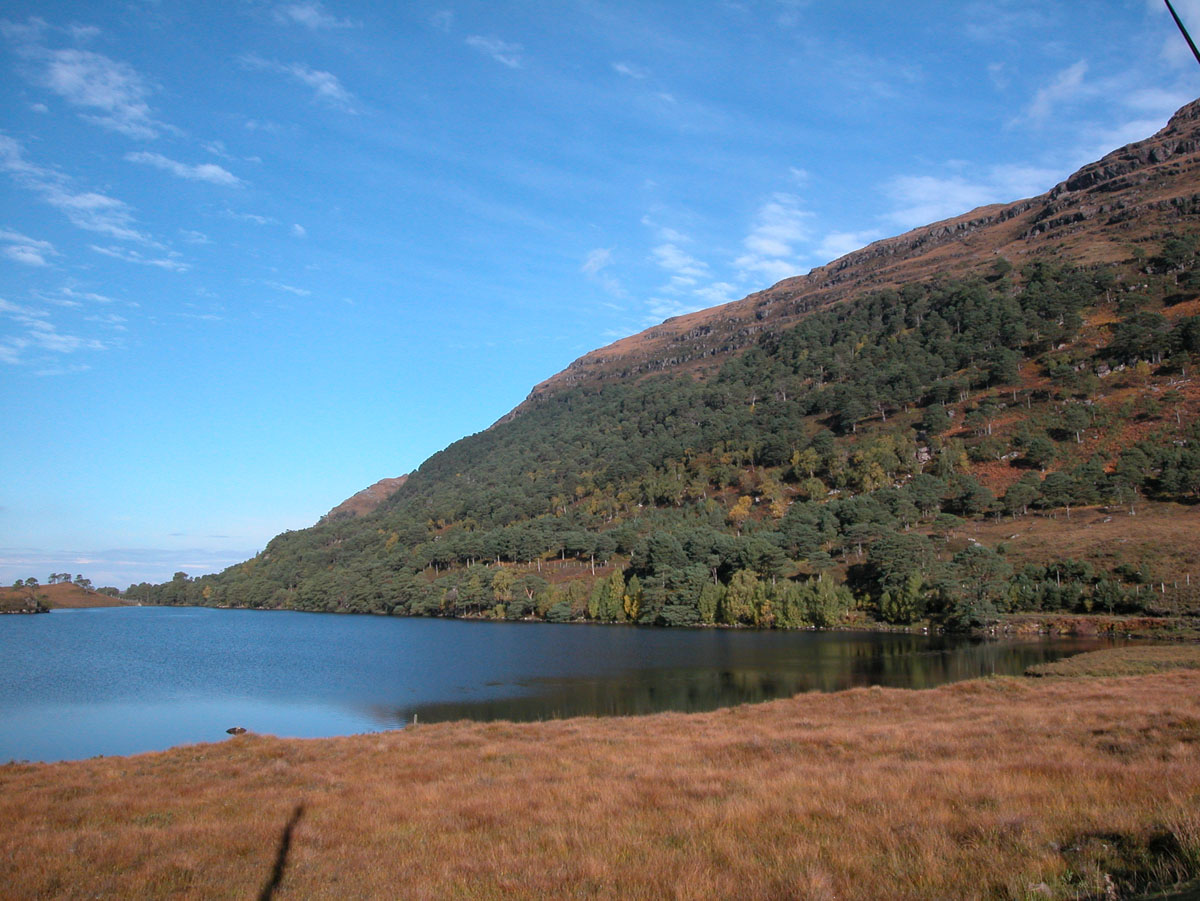Managing deciduous woodlands used to be a traditional craft. Poles were taken, as well as lengths of wood for charcoal burning and large branches for roofing timbers. Trees weren't felled; they were coppiced or pollarded so that they would recover and throw up new growth. Trees did, however, have to be felled for long lengths of timber for floorboards, panelling, carpentry and ship-building. Nowadays woodlands are managed for the long term production of fine timber as well as for recreation.
Many of these woodlands are classed as ancient, and consist of a range of broad-leaved species or native pine woods. There is a variety in age and height, texture and colour in these woods. The trees have not been planted in ploughed ridges but by hand or by mounding.

Visual analysis of photographs helps confirm the managed nature of this area of woodland at Loch Dughail in Wester Ross. While mixed and deciduous woodlands are noted on current OS maps, the full extent of ancient woodland is recorded by both Scottish Natural Heritage and the Forestry Commission in their ancient woodland datasets.
HES DP068194